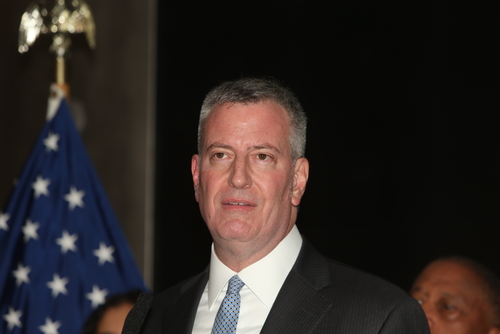The Boston Red Sox and St. Louis Cardinals are fielding teams of fatsos and fatties. According to the government’s flawed definition, nearly every World Series player — 43 out of 50 — is officially overweight. What’s next? Fat taxes on peanuts and Cracker Jacks?
It’s no secret that Boston slugger David Ortiz likes to eat, but according to the government’s guidelines, many of the World Series’ other big names pack a gargantuan gut. The feds think that Manny Ramirez is rotund and that Albert Pujols is a bit too paunchy. What about Jim Edmonds, Curt Schilling, or Pedro Martinez? All fat.
Even one of the Series’ slimmest player might not make the final cut. With a Body-Mass Index (BMI) of 23, So Taguchi isn’t officially fat, but according to International Obesity Taskforce Chairman Phillip James, Asians should have an even lower standard for judging body weight. By this revised scale, Taguchi’s five-foot-ten, 163 lb. frame makes him overweight.
Baseball stars aren’t the only athletes labeled fat by the flawed government scale. More than 75 of this summer’s U.S. Olympians were considered Oblimpians. Not to mention three out of four 2003 NBA finalists and sixteen players in the 2002 Final Four basketball tournament. Even top-ranked tennis star Andy Roddick fails the test.
The BMI scale grossly overestimates the number of overweight Americas because it fails to differentiate between lean muscle mass and body fat. According to the CDC:
These supposedly pudgy athletes only further inflate the government’s already-boated statistical claim that 65 percent of American are overweight. This swollen figure was also inflated by a 1998 decision to lower the definition of overweight to a BMI of 25. The decision came from a panel of researchers at the National Institutes of Health (NIH) who arbitrarily reclassified 30 million previously “healthy” Americans as “overweight.” The panel was led by obesity researcher Xavier Pi-Sunyer, who has received substantial funding from anti-obesity drug manufacturers. They stand to gain from the reclassification — after all, the more fat people, the more customers.
The NIH decision did not go uncriticized. Writing in the American Journal of Public Health in 2000, a group of researchers from Berkeley’s Human Population Laboratory found:
Our results are consistent with other studies and fail to justify lowering the overweight threshold on the basis of mortality. Current interpretations of the revised guidelines stigmatize too many people as overweight, fail to account for sex, race/ethnicity, age, and other differences; and ignore the serious health risks associated with low weight and efforts to maintain an unrealistically lean body mass.




